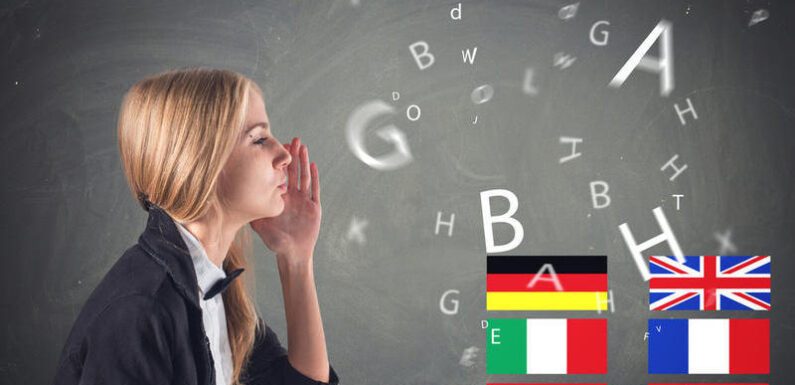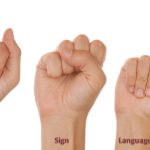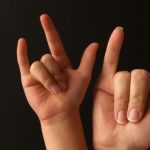
Sign language is invariably used by differently-abled learners across the globe. Little is known to the rest of the world that there are nearly three hundred different variants of sign languages being used all over. Sign languages keep evolving just like any other language depending on the users and their levels of adaptability and comfortability. Indo-Pakistani Sign Language, Irish Sign Language (ISL), Auslan and New Zealand Sign Language, French Sign Language (LSF), Brazilian Sign Language (Libras), American Sign Language (ASL), British Sign Language (BSL) and Chinese Sign Language (CSL or ZGS) are the different sign language types used most commonly. People who use sign language are called “signers,” and the use of sign language to communicate is called “signing.”
One-Handed Fingerspelling Languages
The American Sign Language (ASL) is one of the most popular sign languages used across the world. It uses a one-handed fingerspelling method similar to that of the French Sign Language (LSF). The ASL has its origins based on the LSF and Martha’s Vineyard Sign Language as well as other local sign languages. Around 500,000 people in the United States of America, Africa, Canada, and SouthEast Asia have ASL as their native language. The LSF, on the other hand, has around 100,000 signers from France. The ASL has caused a positive influence on the LSF to evolve it into a better version. The LSF has done a fair share of control to other sign languages such as the Russian Sign Language (RSL) and Irish Sign Language (ISL), among others. The LSF was restricted from being used at school for many years until a recent reform to the education system. The French Sign Language is one of the forerunners in European sign languages.
The British, Australian and New Zealand Sign Language, or BANZL

British Sign Language (BSL), Australian Sign Language (Auslan) and New Zealand Sign Language are considered dialects of the same language and hence called BANZL in short. Nearly 150,000 people in the United Kingdom use the BSL. It evolved along with schools dedicated to the differently-abled learners around the 18th to the 19th century. Since the language boarded the ships and sailed towards Australia and New Zealand, the Auslan and New Zealand Sign Language have a considerable influence from the BSL. The New Zealand Sign Language has its uniqueness in areas such as the inclusion of Māori word signs as well as Australasian Sign Language. Auslan has its origins shared with the Irish Sign Language as well. The indigenous people of Australia use native Australian sign languages, which are way different from Auslan.
The Lesser Used Sign Languages
Ranging from the Irish Sign Language (ISL) to the Indo Pakistani Sign Language through the Chinese Sign Language (CSL or ZGS) and Brazilian Sign Language (Libras), the sign languages used worldwide differ in unique ways of their own. The primarily spoken word of Ireland is English, and the differently-abled talk about the ISL, which is derived from the French Sign Language. Even after extensive influence by the BSL, the ISL remains differently unique. CSL is signed by the largest populous country in the world, with about 20 million signers. Although American missionaries have founded schools in China for hearing, CSL is independent of ASL. Over 3 million signers in Brazil use the Libras. The Indo Pakistani sign language has no recognition officially, and hence the support is minimal.
Click To Know More About : All About Baby Sign Language











